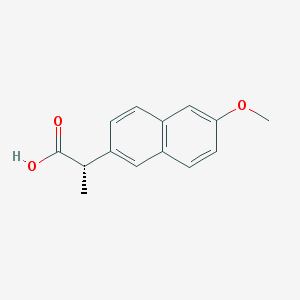Kearney’s view on the merger and acquisition of chemical enterprises in the future
Based on the recent changes and some long-term changes of M & A, as well as the economic situation and prospects, we predict six major trends of chemical environment:
The overall competition is fierce, for a limited number of attractive targets to enter the market
In today’s uncertain environment, in order to obtain the maximum value, the seller should be cautious when selling assets. This may reduce the number of attractive target companies for sale in the short to medium term. On chemicals: imbalance between supply and demand will push up prices.
In particular, strategic participants and financial investors want to enter and expand the remaining flexible specialty chemicals market, so as to achieve higher P / E ratios in attractive market segments such as food, personal care, spices and condiments, and disinfectants. Several markets, including agrochemicals, are highly integrated and the remaining attractive targets will be sought after. The bidding war is predictable.
Due to the widening valuation gap with companies focusing on professional fields, the pressure on broad-based comprehensive companies will increase
Looking back over the past decade, we can clearly see that the valuation gap between comprehensive enterprises operating along the chemical value chain and chemical enterprises with a wide product portfolio is widening compared with more focused specialty chemical enterprises. From the multiple of EBITDA, the gap has been expanding, from about 2 times to nearly 5 times.
Looking to the future, confidence in a comprehensive and wide range of players may shrink because investors’ views on their competitiveness exposed to high volatility (e.g., raw materials from frequently changing regions) require higher capital investment. In the case of a wide range of players, the synergy effect between various businesses is limited through the complexity of settings.
The broad-based and integrated enterprises may even become the victims of rights safeguarding investors or financial investors who seek value creation through separation
Recent efforts by activist investors in Europe, the United States and Asia have exacerbated concerns about integrated and broad-based companies, as both P / E and EBITDA margins are under pressure. These concerns have led major industry players to adopt aggressive cost saving programs and plan to adjust their portfolios.
With a large number of investment funds, private equity may seize the opportunity to pursue large and transformative deals at attractive prices
The M & a footprint of private equity is expected to grow in the next few years, and investors are interested in chemical targets because they are under great pressure to invest the record amount of money in recent years. In addition, there are rumors that private equity is looking for bigger acquisition targets, and the low price earnings ratio and EBITDA level caused by the continuing crisis have stimulated their interest and may provide unique opportunities to create value when the market rebounds.
Strategic participants will return to low-risk investment mode through cost synergy effect to create safe value
Because strategic players are under pressure, the investment budget is tighter and the desire to take risks is smaller. Market uncertainty weakens people’s confidence in revenue value potential and makes strategic participants focus on seeking transactions that can bring profit synergy and perform better.
State driven downstream raw material enterprises may benefit from undervalued and stable demand required by the state
If Chinese government led interventions stimulate domestic demand, they are likely to succeed; the first economic indicators are pointing in that direction. The state-owned oil companies can make use of the M & a market conditions to establish their downstream investment portfolio, so as to better monetize their hydrocarbons.




